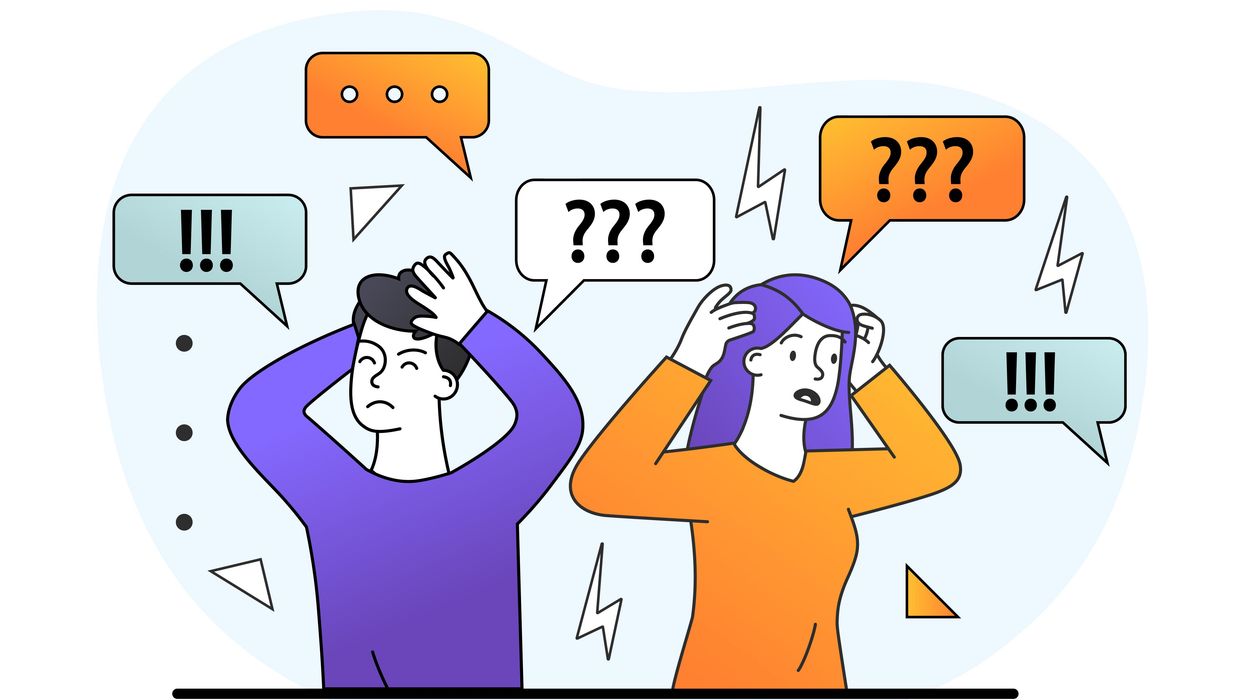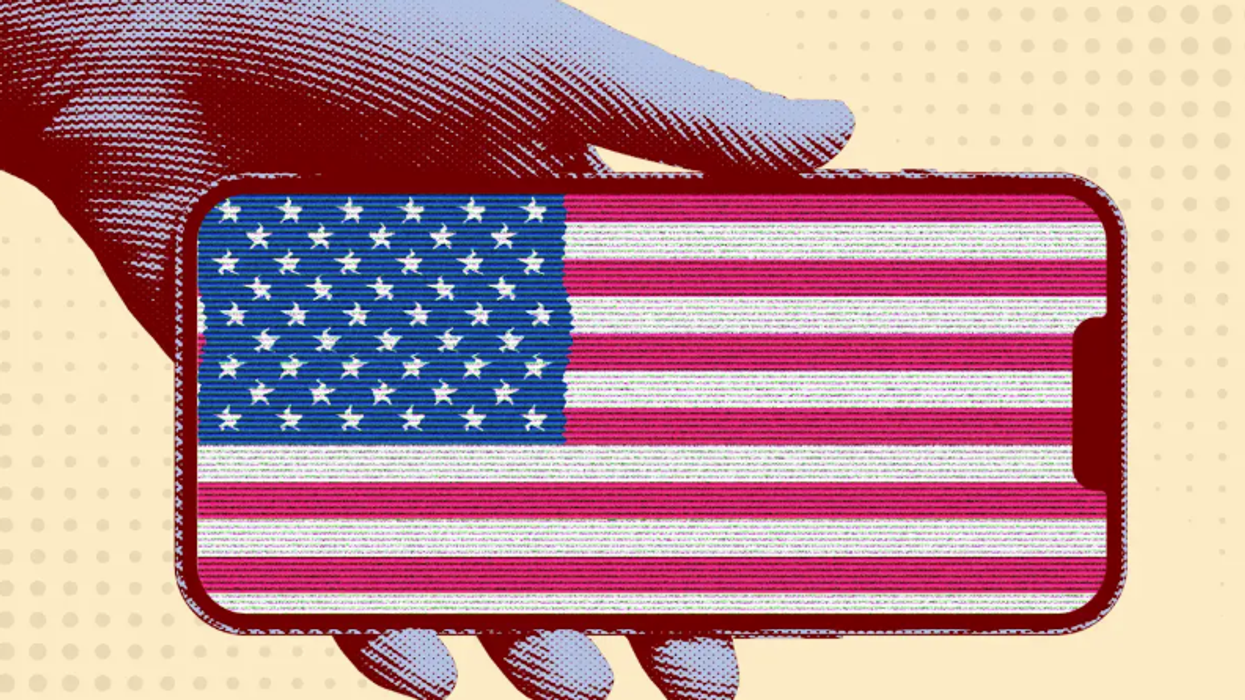Eight months after Inauguration Day, one-third of Americans told pollsters they still believed Donald Trump actually won the election and that Joe Biden stole it away from the incumbent. A new report offers a mix of government and corporate reforms to limit the spread and influence of such election disinformation.
The Common Cause Education Fund, an affiliate of the democracy reform advocacy group Common Cause, issued a report in late October reviewing the state of disinformation campaigns and a series of recommendations designed to stem the tide.
"Just as we came together last year, rising up to vote safely and securely in record numbers during a global pandemic, we must now rise up to stop election disinformation efforts in future elections," the researchers wrote.
The report groups its 14 recommendations in three categories: statutory reforms, executive and regulatory agency reforms, and corporate policy reforms for social media businesses.
"There is no single policy solution to the problem of election disinformation," according to the report. "We need strong voting rights laws, strong campaign finance laws, strong communications and privacy laws, strong media literacy laws, and strong corporate civic integrity policies."
While many of the solutions require some mix of legislative activity, increased civic education and media literacy, and grassroots advocacy, others are easier to achieve — particularly self-imposed corporate reforms, said Jesse Littlewood, vice president of campaigns for Common Cause. For example, he suggested it would not be complicated for social media platforms to consistently enforce their own standards.
"They're not taking any action on disinformation in the 2020 campaign," said Littlewood, referring to ongoing claims that the election was stolen, claims that would have been addressed last year. "When you let your enforcement lax, it allows false narratives to grow."
Littlewood also identified the need to spend more time on civic integrity.
"We learned a lot through the Facebook Papers about the disbanding of the civic team right after the 2020 election, and the historic underinvestment in content moderation particularly in civic integrity issues," he said.
The statutory recommendations focus on five areas:
- Voter intimidation and false election speech, including state and federal legislation prohibiting the spread of election disinformation.
- Campaign finance reforms, such as passing federal and state disclosure laws to expose "dark money" and strengthening the Federal Elections Commission.
- Passing media literacy legislation at the state level.
- Enacting state privacy laws that include civil rights protections.
- Approving federal legislation to curb some online business practices, such as banning discriminatory algorithms, limiting and protecting the data collected online, and supporting local and watchdog journalism.
Some aspects of these proposals already exist in federal legislation that has stalled in Congress.
The regulatory recommendations fall into four buckets:
- Demonstrating state and federal leadership through executive action to stop the spread of election disinformation.
- Stepping up enforcement of state and federal laws that ban voter intimidation and other election interference efforts.
- Empowering the Federal Trade Commission to step up its privacy protection work.
- Use the FEC and state agencies to update and enforce disclosure requirements and rules against disinformation.
Finally, Common Cause suggests five areas of improvement for social media corporations:
- Directing users to official state and local sources of information about voting and elections.
- Maintaining and improving their self-imposed disinformation rules, throughout election and non-election years.
- Developing technology, such as artificial intelligence and algorithms that limit the spread of disinformation.
- Granting journalists and researchers more access to social media data.
- Increasing investment in efforts to stop non-English disinformation.
Littlewood said access to the data is one of the most important recommendations, as it influences the potential to achieve others.
"It's going to be hard to make progress from a regulatory process if there isn't transparency," said Littlewood. "We're trending in the other direction now, which is really problematic.
"Without access to the data, it's very hard to understand what's happening. It's very difficult to come up with recommendations that balance the private interests of the platform and the public interest. That's got to be our starting point."




















